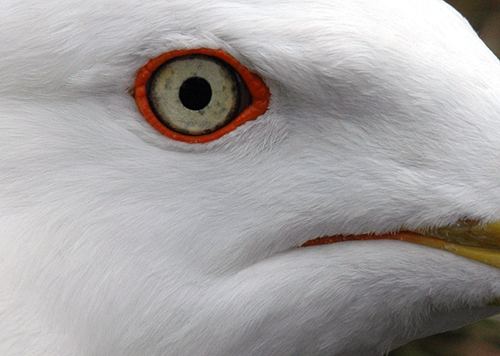 glaucoides - kumlieni
glaucoides - kumlieni
(last update: January 26, 2012)
Classification for iris speckling.
Explanation for the measurements of iris speckling in adult glaucoides and kumlieni. The pale iris surface is examined at close range for black spckling. Either in the field through telescope, or by examining digital images from close range observations. Method: imagine to cluster together all dots and speckling so they form one area. To measure this area, imagine to separate the iris in 1/4 to get an idea of what 25% is. See image. Classification: Class 1: yellow iris, 0% > 1% speckling |
|
| Class 1: yellow iris, 0% > 1% speckling |  |
 |
|
 |
|
 |
|
 |
|
 |
|
 |
|
| Class 2: 1% > 5% |  |
 |
|
 |
|
| Class 3: 5% > 25% |  |
 |
|
| Class 4: 25% > 50% |  |
 |
|
 |
|
| Class 5: >50% |  |
| Class 6: brown, amber, clouded iris | |

